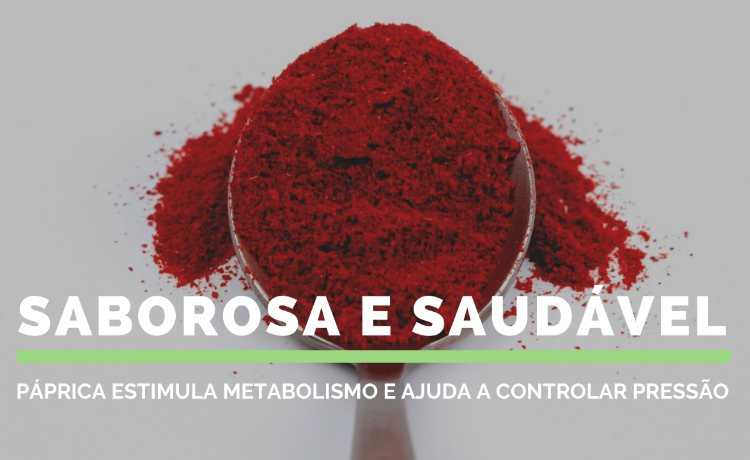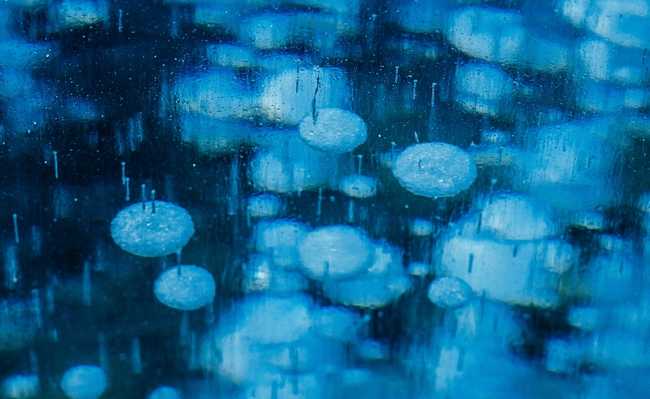Stretch Marks: what they are and how to deal
Stretch marks are growth marks that appear on the skin

Edited and resized image from Lanzi, Cellulite-haut, is licensed under CC BY 3.0
Stretch marks are parallel red lines that develop on the skin as a result of stretching. Stretch marks have a different texture from the rest of the skin, showing a slight bump or indentation and, over time, they turn white and may itch or hurt at the beginning of their appearance.
Stretch marks usually appear during or after pregnancy and after a sudden increase in weight or muscle growth (which stretches the skin). They also tend to occur in teenagers who are growing rapidly. Stretch marks are not dangerous and they lose their red color over time, turning white.
These marks can appear anywhere, but are most common on the belly, breast, upper arms, thighs, and buttocks.
- How to do a natural deep cleansing skin
- How to make a natural skin cleanser with two ingredients
What causes stretch marks?
Stretch marks are caused by the stretching of the skin and increased levels of cortisone in the body - a hormone produced naturally by the adrenal glands that can cause the skin to lose its elasticity.
Stretch marks are common in cases such as:
- Pregnancy;
- Weight gain or muscle development;
- Use of corticosteroid creams, lotions and pills, which can decrease skin elasticity;
- Cushing's Syndrome, Marfan's Syndrome, Ehlers-Danlos Syndrome, and other adrenal gland disorders, which can cause stretch marks because of increased amounts of cortisone.
Everyone can have stretch marks, however, they are more likely to develop them:
- Women;
- White people;
- People with a family history of stretch marks;
- Pregnant women;
- Pregnant with twins;
- Overweight people;
- People who have had sudden weight gain;
- People who use corticosteroid medications.
Do I need to get rid of stretch marks?
The ideal would be to accept your stretch marks and see them as timeline marks of our own history. In the old days, when a man went to war and came back alive, scars were a source of pride. Why in the case of a pregnancy, then, can't the scars left be either? For reasons of aesthetic standard, which fall more on women, people look for ways to eliminate stretch marks. There are some treatments, but it is very difficult to get rid of stretch marks:
- Pulsed laser therapy: stimulates collagen and elastin growth. It is better to use this therapy on new stretch marks. Individuals with darker skin may have skin discoloration;
- Fractional photothermolysis: similar to pulsed laser therapy. However, it works better in smaller areas;
- Microdermabrasion: Involves polishing the skin with tiny crystals to reveal new skin that lies beneath the most elastic stretch marks. This technique can improve the appearance of older stretch marks.
- Green clay
- Rosehip Oil Has Proven Benefits
If stretch marks are a source of discomfort for you, try to prevent yourself by always hydrating your skin, preferably with natural products such as coconut oil, almond oil, grape seed oil, among others. Maintain a healthy diet rich in vitamin C (which stimulates collagen production), an exercise routine, and drink plenty of water. But remember: before hating the marks of your own history, try to reflect on socially imposed aesthetic standards.










